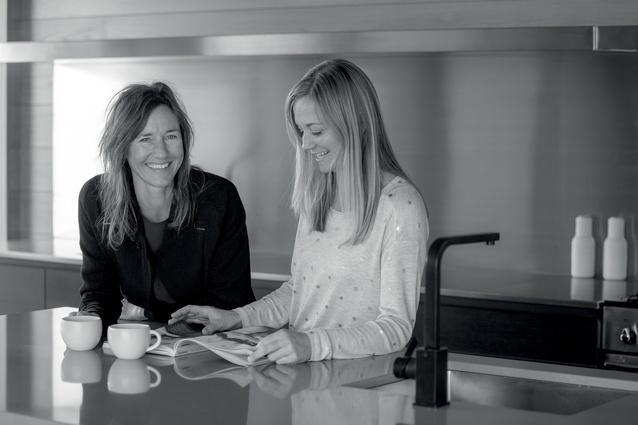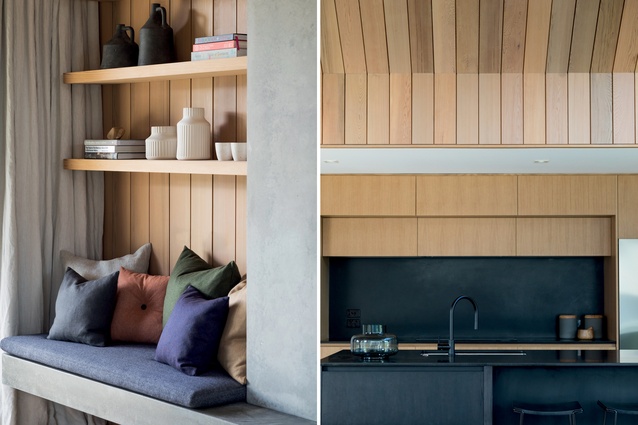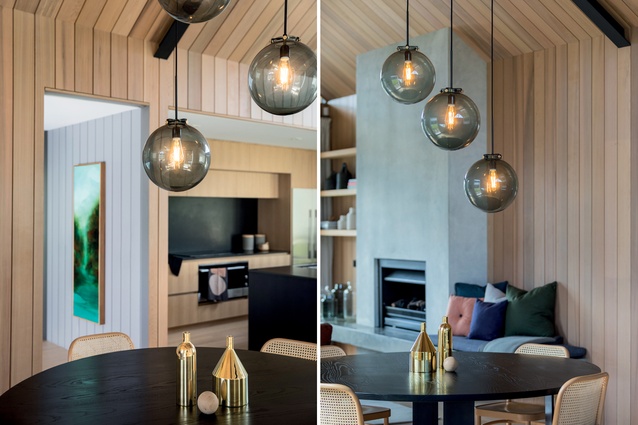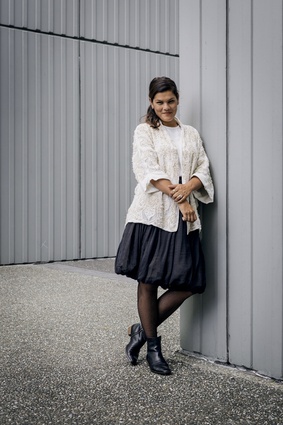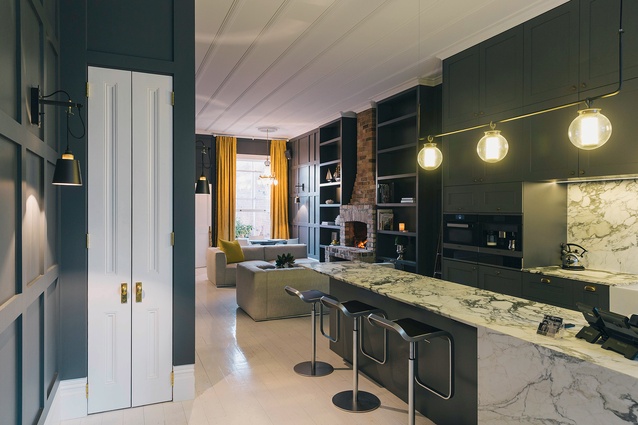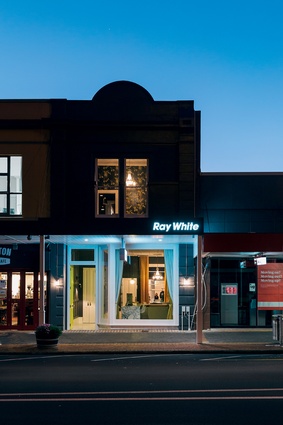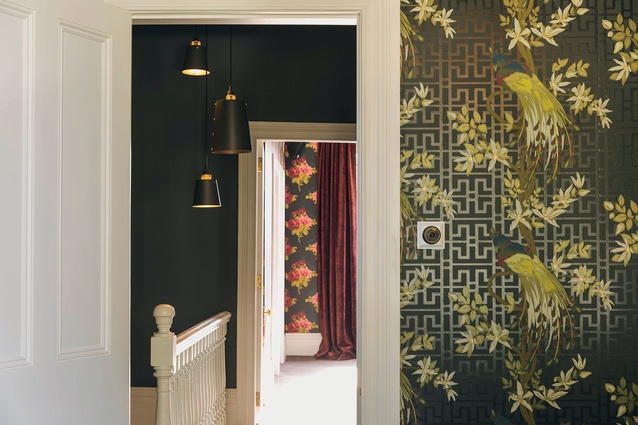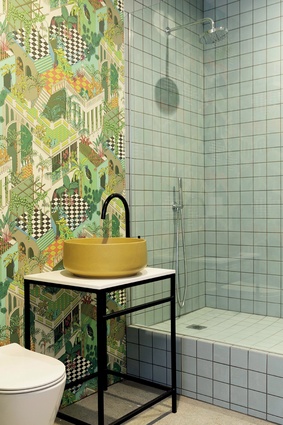Feminine perspectives: part two
Read part one of Female perspectives here. In part two, we speak to two more female-led interior design firms in New Zealand.
Interior Workroom
Founded in 2010, Queenstown practice Interior Workroom focuses on contemporary, nature-inspired residential projects around the Wakatipu Basin.
Joint creative directors and business partners Marcie Reddell and Rosa Milne both studied interior design at a tertiary level and come from varied work backgrounds, which include kitchen design, sole-trading interior design and drafting. Each of the pair takes on different roles within the practice’s projects, with Reddell focusing on the design and drawing of spaces and joinery, and Milne on finishes, products, colours and the general design direction of a project.
“We’re never working autonomously,” says Reddell. “We split up the tasks required to make a project more efficient. On smaller jobs, we might find the personality of a client gels better with one of us than with the other.”
It would be difficult not to be influenced by the Queenstown landscape, and the practice’s designs often reflect autumnal tones and soft colours that can be found in nature. “White walls don’t work here because the light is so bright,” says Milne. “Also, as a lot of the homes use timbers and stone, we choose materials and colours that don’t compete with those natural elements.”
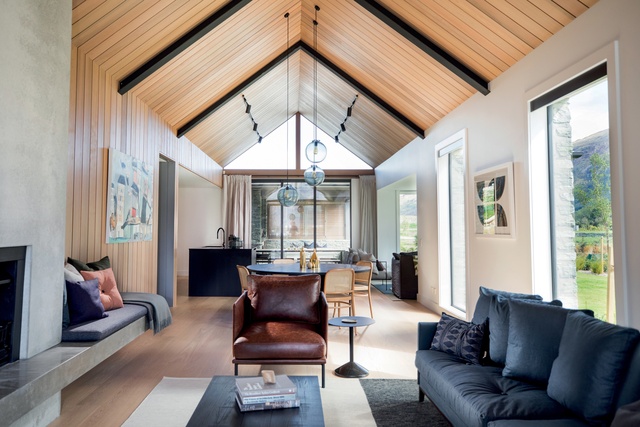
Currently, Interior Workroom is working on the renovation of Milford Sound Lodge, which involves refitting several existing chalets and a lodge in a remote area of Fiordland. “They have engaged us to give the place a holistic feel,” says Reddell. “We are going for quite a modern aesthetic, with high-quality materials that don’t detract from the outside environment but enhance it. Everything has to go through the Homer Tunnel so the whole process is interesting and challenging.”
The pair is busy but they are conscious of maintaining a good balance. “We want to be able to do good work and not be strung out. If it reached that point, we would potentially employ someone,” says Milne.
“Why start your own business if it’s not going to suit your lifestyle?” Reddell asks. “And we’re not investment bankers, are we? That’s not what we’re here for: not our personalities. You need to be able to feed your creativity but we’re not all about achieving a better bottom line if it doesn’t benefit us.”
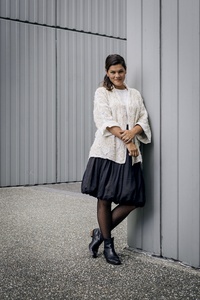
Janice Kumar-Ward
One of interior designer Janice Kumar-Ward’s enduring memories from her teenage years was seeing design great Timmy Pinfold unfold her swatches in a friend’s mother’s living room, revealing an array of beautiful materials, colours and textures. “It was pretty spectacular,” she recalls. “An epic moment – it was then that I knew I wanted to be just like Timmy.”
Kumar-Ward studied towards her Bachelor of Architecture and Design, first at Sydney’s TAFE, and then completed the four-year Bachelor of Design at Unitec in Auckland. Here, she was one of the last of Bill McKay’s interior architecture graduates.
“Because I came from TAFE, Bill saw my architectural strengths lay in understanding how rooms were constructed and how to mould interiors,” says Kumar-Ward. “He told me not to sit in front of a computer and draw but to ‘get out there and use your natural sense of style and form’.”
Working for Annie Mantell while completing her degree saw Kumar-Ward’s maître-d’ job extend into helping with interiors, firstly in Mount Eden and then, later, in Wanaka, an Auckland apartment and Mantells on the Water. After graduating, she started in the drawing studio of Martin Hughes (now Macintosh Harris) and worked there for almost 12 years, designing interiors for luxury Waiheke homes, Cable Bay Vineyards, law firms and financial institutions.
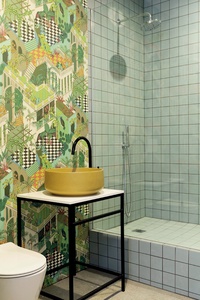
“At Martin Hughes, I learnt the importance of client-driven, site-specific design,” says Kumar-Ward. “It’s New Zealand-based design – not ostentatious but practical, timeless for the situation and very much tailored to suit the client.”
When the time came to strike out on her own, Kumar-Ward moved into a commercial space on St Benedicts Street, transforming it with a relaxed-yet-elegant domestic vibe, complete with what she herself describes as a “slightly kooky” bathroom. “I love the idea of mixing commercial and residential” she says.
“We have been approached by a number of commercial clients recently to be ‘the sprinkling on the top’ of their projects, and to add that layer of domesticity to a space that is clinically and practically correct.”
When JKW Interior Architecture & Design launched in 2016, it was a team of just three women; now, there are six, including both graduate and intermediate designers. “We didn’t set out to be all women,” Kumar-Ward says. “Two guys applied for the graduate roles but one was over-qualified and the other just wasn’t quite the right fit.” Indeed, at Macintosh Harris, Kumar-Ward was the only female designer in an all-male team.
The practice’s work is currently split 60 per cent commercial and 40 per cent residential; the commercial is often a result of earlier residential work for the same client. “I love getting to know people and what they love and how they live, so residential is a particular favourite,” says Kumar-Ward, “but I wouldn’t want to specialise in one or the other because there is so much cross-over and so much scope.”
Kumar-Ward believes layers of personality make for a great space, starting with a strong, timeless, quality canvas and then layering her client’s personality on top. This is where her architectural focus comes to the fore, seeing the importance of “great walls, brilliant lighting, fabulous tiles – you’ve got to have a solid base”.
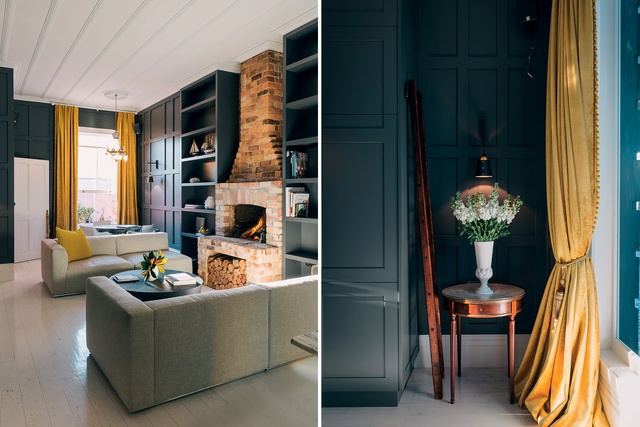
In terms of materials, Kumar-Ward has her favourites; she can’t do without paint, as “it solves a lot of issues and allows us to express ourselves”, natural stone and beautiful New Zealand art. She sees some materials being overused. For example, “there are currently archways and brass everywhere” but she believes every client brings their own angle to a trend.
Perhaps unsurprisingly, it’s the digital world that has had the most impact on this industry since Kumar-Ward graduated in 2004. “When I started, we had a fax machine and one computer in the office and only one person was allowed to use it,” she recalls.
“Everyone was hand-drafting and there were a couple of CAD drafters who had their own computers but they were like big things that always seemed to break down. Things were way slower back then. We had more time to design and lay things out and talk about things and touch them. Now I feel there’s an expectation that everything will be instant.”
And while one member of the JKW team produces 3D architectural walk-through visuals for commercial and residential clients, and everyone works with digital mood boards, Kumar-Ward says: “Maybe I’m a bit old-fashioned but I preferred the tactile mood board and arriving with a basket full of samples.” Just like Timmy Pinfold did.
This article first appeared in Interior magazine.


